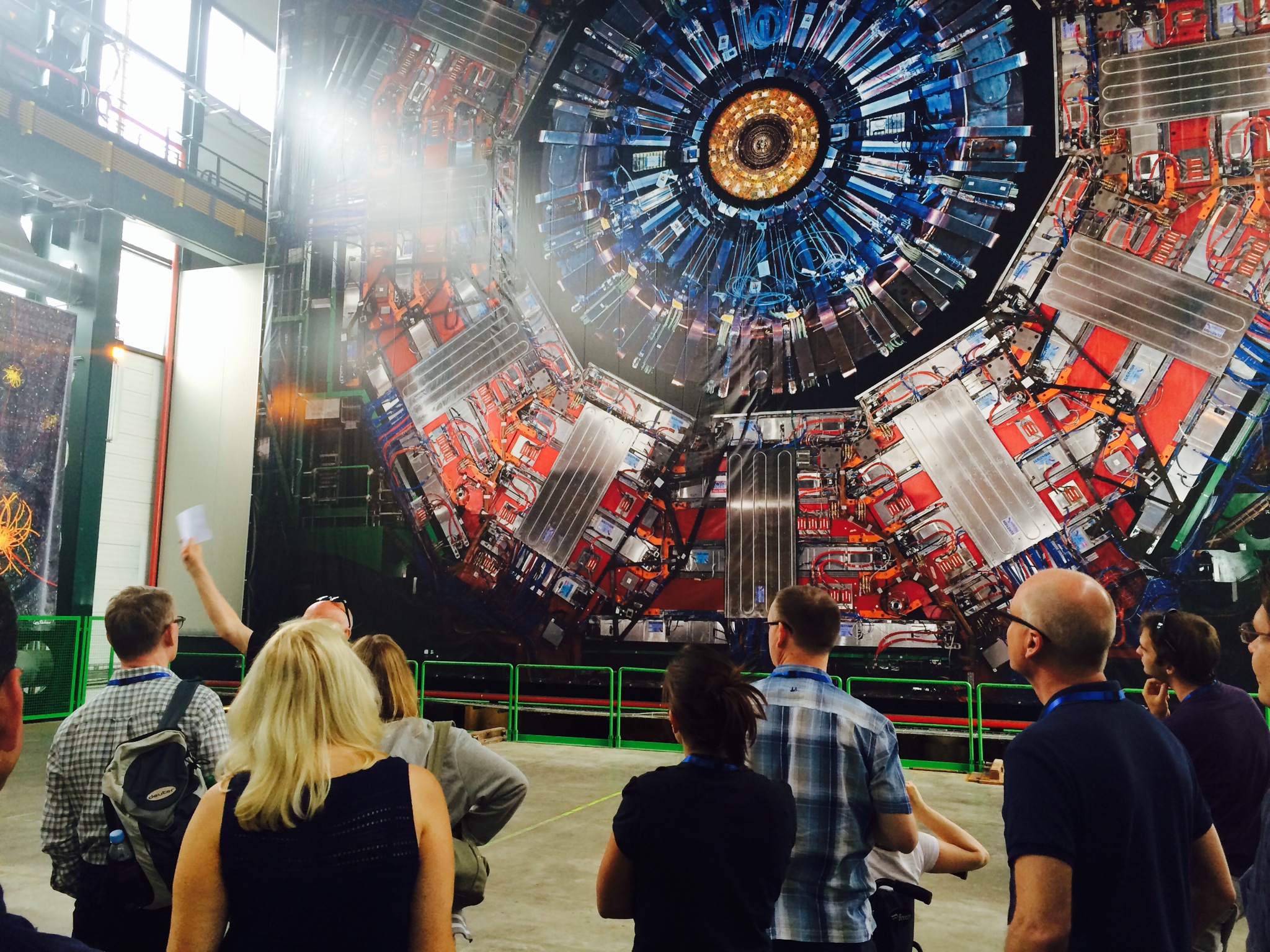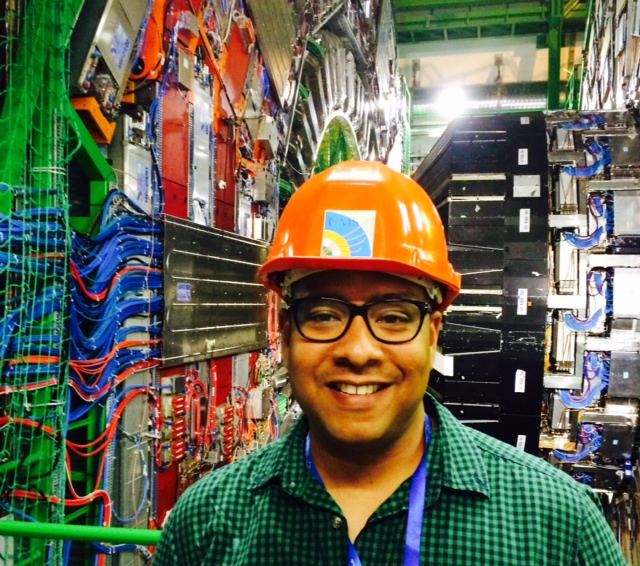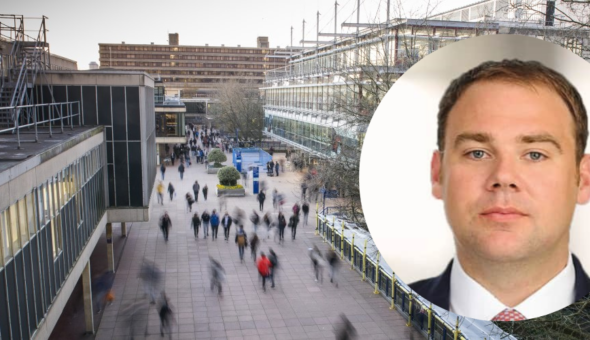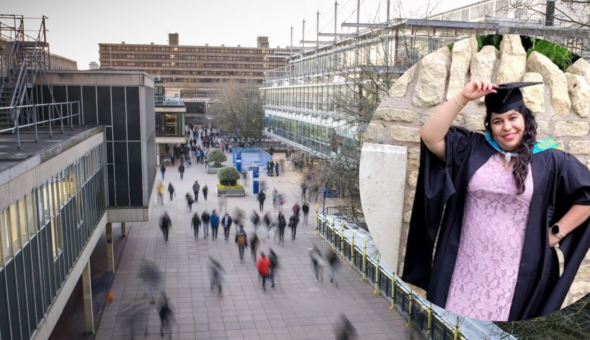As a Bath graduate based in Geneva, and the CEO of the world’s largest cancer NGO, the link between the University and CERN is for me, a compelling one. And one which, amazingly, came about due to a chance alumni connection.
In a nutshell, engineers from my old university are adapting technologies from the Large Hadron Collider to find ways to treat lung cancer tumours more effectively.

Dr Steve Hancock, who studied physics at Bath in 1980, had been working on 3D imaging technologies at CERN for over 20 years. He had the idea that the type of imaging used to examine tiny particles moving close to the speed of light could be beneficial in medical treatments too. So when he saw a tomography laboratory at the University mentioned in an alumni e-newsletter, he was inspired to get back in touch with Bath academics.
A year on and, alongside Dr Manuch Soleimani from the University’s Electrical Engineering Department, they secured £100,000 of funding from CERN to work together on the application of his technology. Lung cancer is particularly difficult to treat as the tumours move a lot within the body due to the motion of breathing. This makes it difficult for surgeons to remove all of the cancer without damaging healthy lung tissue. Bath and CERN’s technology should help surgeons to see the real time movement of cancer tumours in the body, and will hopefully one day translate into an affordable product that hospitals around the world can use. The project has the potential to impact the lives of thousands of cancer patients and is a great example of how blue skies research at CERN can turn up incredible and unexpected applications.
And where do I come in? I founded a Bath alumni group in Geneva a few years ago, because I wanted to help fellow graduates find their feet in the city, make friends and get on in their careers. We’re a mix of generations, working in all kinds of areas, from the UN and NGOs to pharmaceuticals and corporate finance. We try to meet up at least twice a year for drinks or dinner to share our experiences of working in Switzerland, have fun, and help each other in any ways that we can, such as passing on job opportunities.
To celebrate Bath’s new partnership (and the happy accident of our living in the city where the world’s most talked about science takes place right under our feet), the Alumni team at Bath arranged a special opportunity for our group to visit CERN in July.

Our day began with a welcome from their ‘Head of Beams’, Paul Collier. Beams, we were to learn, are what they accelerate around the 27km long ring of tunnels which lie 150m below ground, before they collide in the Large Hadron Collider. While the beams are circling the ring it is the coldest place in the Universe, due to the liquid helium cooling the giant magnetic tubes, then the hottest place in the Universe when they collide, hotter than the centre of our sun! This was the first of many awe-inspiring facts and sights.
I was surprised to learn that CERN employs many more engineers than physicists - it is the engineers who designed and built CERN’s giant instruments. One point, particularly pertinent to a university like Bath, is that without the engineering and computing behind CERN, there would have been no Higgs Boson Particle, or World Wide Web (which was invented there).
The highlight of the day was descending down the lifts to see one of the Large Hadron Collider experiments, CMS. This was special access we’d only been granted because of Bath’s links to CERN, and it was a truly magnificent, Sci-Fi-esque vision. By this point the science had gone a little over our heads, with talk of quarks, laptons and fermions, but you couldn’t help but be impressed by the human achievement. When they conceived the idea of the Large Hadron Collider, the engineers and scientists hadn’t a clue how they would turn it into a reality, but through ingenuity and perseverance they succeeded.
This event was the first of its kind in for us in Geneva, and I would like to thank everyone who made it possible for us to gain such an amazing insight into the world of CERN. I look forward to seeing how Bath’s research project progresses and hope that this partnership will be the start of something remarkable.
Cary Adams (BSc Economics, Computing and Statistics 1985, MBA Business Administration 2002) is Chief Executive of the Union for International Cancer Control and the leader of Bath’s alumni Chapter in Geneva.
Respond


